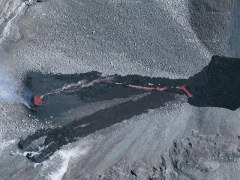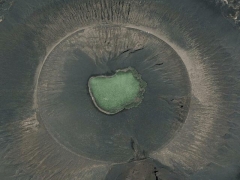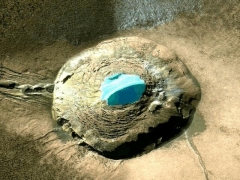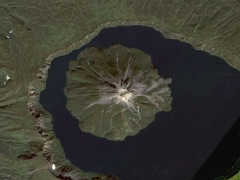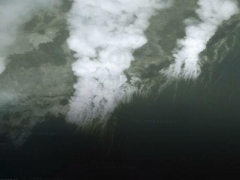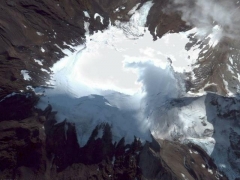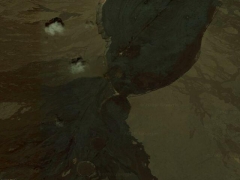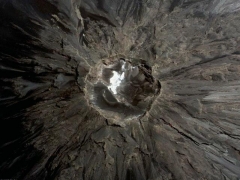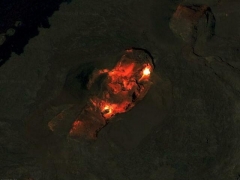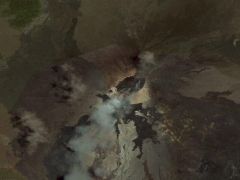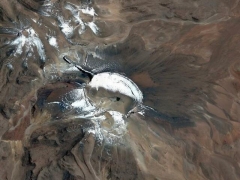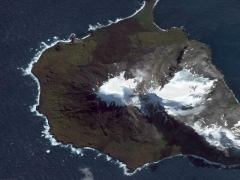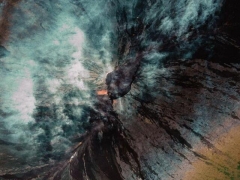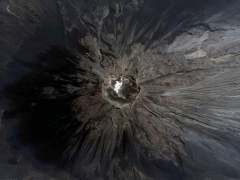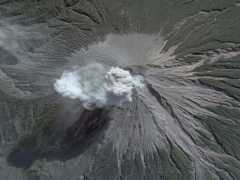Volcano
A volcano is a relief land, underwater or extraterrestrial formed by the ejection and stacking of materials from the rise of magma as lava and tephra such as ash. This magma derived from partial melting of mantle and crustal exceptionally.
The accumulation may reach thousands of meters thick forming mountains and islands. Depending on the nature of the material, type of eruption, their frequency and orogeny, volcanoes take various forms but generally has the appearance of a conical mountain, surmounted by a crater or caldeira.
The principal place of output materials during an eruption is in most cases the top of the volcano, where the volcanic vent opens, but sometimes lateral openings appear on the sides or foot of the volcano.
Two major types of volcanoes exist on Earth:
- the "red volcanoes" in the relatively calm and effusive eruptions of fluid lava issuing the form of castings. These are the volcanoes of "hot spot", and volcanoes of "accretion" mainly represented by the submarine volcanoes of the mid-ocean ridges.
- the "gray volcanoes" to explosive eruptions, emitting lava and ash pastes in the form of pyroclastic flows or pyroclastic flows and volcanic plumes. They are mostly associated with subduction volcanoes such as the "Pacific Ring of Fire."
Newsletter
Receive the latest strange Google Earth images every weeks.

